Dr. Harvey Shiffman shines the light on less invasive and alternative treatments with Fotona dental lasers.
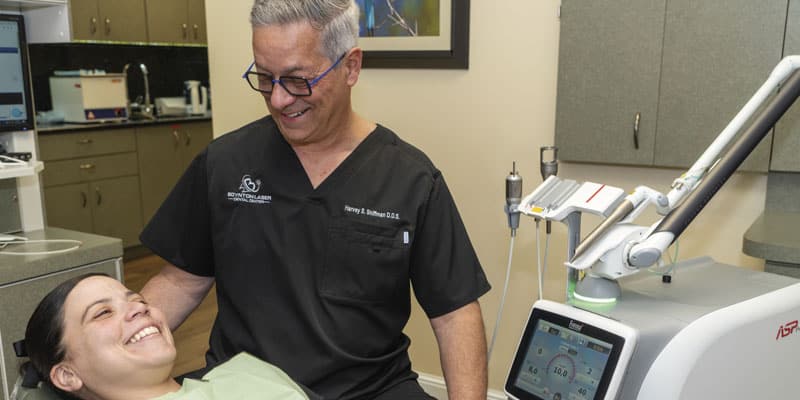 by Dr. Harvey Shiffman
by Dr. Harvey Shiffman
Patients entering our practice are very likely to have some type of laser as part of their therapy. If they snore, have sleep apnea, have difficulty breathing through their nose, or even if they have enlarged tonsils, instead of “going under the knife” we shine a “light” on the problem. It was not always this way, however.
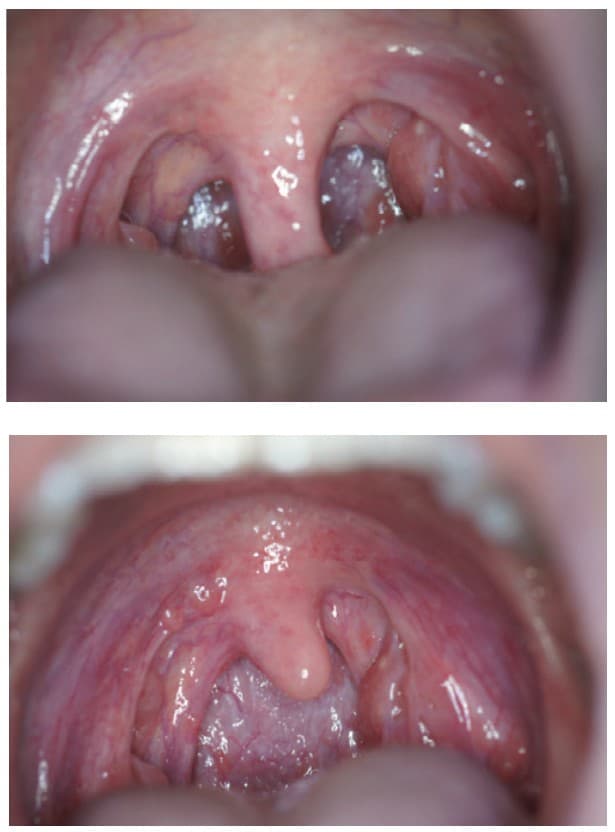
I’m originally from New York. I graduated from York College with a Bachelor of Science degree with honors in biology; York college is part of the CUNY (City University of New York) system. I attended dental school at Georgetown University School of Dentistry and graduated in 1984. In 1985, I completed a general practice residency program at Georgetown University Medical Center, with a focus on treating medically compromised patients.
After completing my residency program, I relocated to South Florida, and after a year as an associate, opened my first general dental practice in Broward County in 1986. After attending my first sleep course, I treated my first OSA patient in 2008 using a TAP appliance, and realized that I needed more education in the Sleep/airway area. I subsequently attended training with several different well-known providers to expand my knowledge base and the use of various types of appliances. Dental sleep became an important part of our practice and has been growing over the years. Seeing the effects of poor sleep quality on our adult and pediatric patients has really been eye opening, and has created in me an ongoing quest for knowledge in this area.
In 2005 after 20 years in a general, insurance-based practice, I relocated to Palm Beach County, Florida. I was searching for a way to reduce insurance dependency and make my patients’ dental experience less frightening and more comfortable. (Dental fear comes typically from the pain of injections and the sound of the drill.) I embraced dental lasers at that time, purchasing a soft tissue diode laser. After 6 months, I realized the limitations of that technology and purchased my first hard and soft tissue laser.
Unfortunately, the manufacturer went out of the dental market shortly after, and I no longer had support. After this expensive experience, my research led me to the Fotona laser company, in existence since the 1960s. I purchased my first Fotona laser in 2007, a machine that is still in daily use. This longevity is a testament to its durability and design, and we have added new Fotona lasers as the technology has improved – ultimately our new Fotona Lightwalker AT 2023. The Fotona Lightwalker lasers are digital dual wavelength lasers with incredible control over the pulse modalities available.
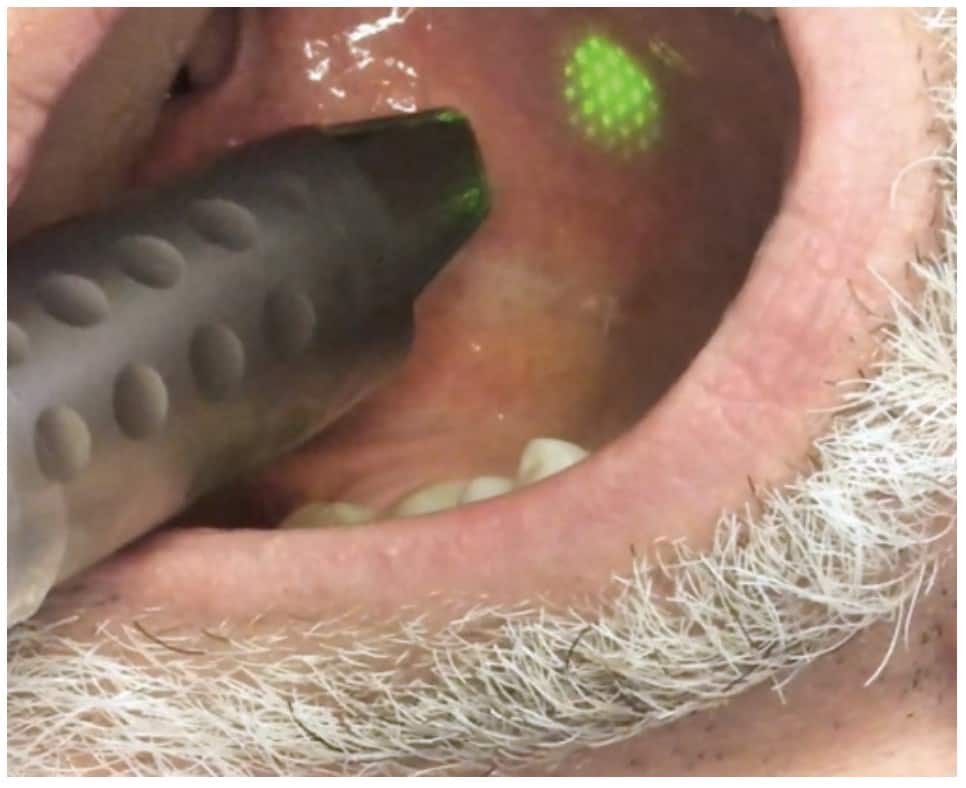
Our dental practice is entirely laser focused, for sleep and airway, restorative (99% anesthesia free), periodontics, endodontics, surgery, TMD and facial pain, facial rejuvenation, lip plumping, and so much more. All of our patients get exposed to laser technology and its benefits. It has become their norm, and they rarely leave our practice because of this (and is a significant basis for referrals).
In 2011, I was exposed to the Nightlase™ procedure for snoring and sleep apnea by one of its early developers. Early NightLase™ used the Erbium:Yag portion of the Fotona laser only. It contains two laser wavelengths, Erbium:YAG and Neodymium:YAG, each affecting different tissues by their interaction with chromophores. Chromophores are molecules that absorb particular wavelengths of light. For Erbium:Yag, they are water and hydroxyapatite, and for Neodymium:YAG, blood and pigments. Subsequently, I have been responsible for the development of the U.S. training protocols and likewise developed and tested the advancements using both wavelengths and new pulse modalities as they have come available. Current NightLase C3℠ (circumferential) Protocol treats the three major areas of collapse/restriction in Sleep Disordered Breathing.
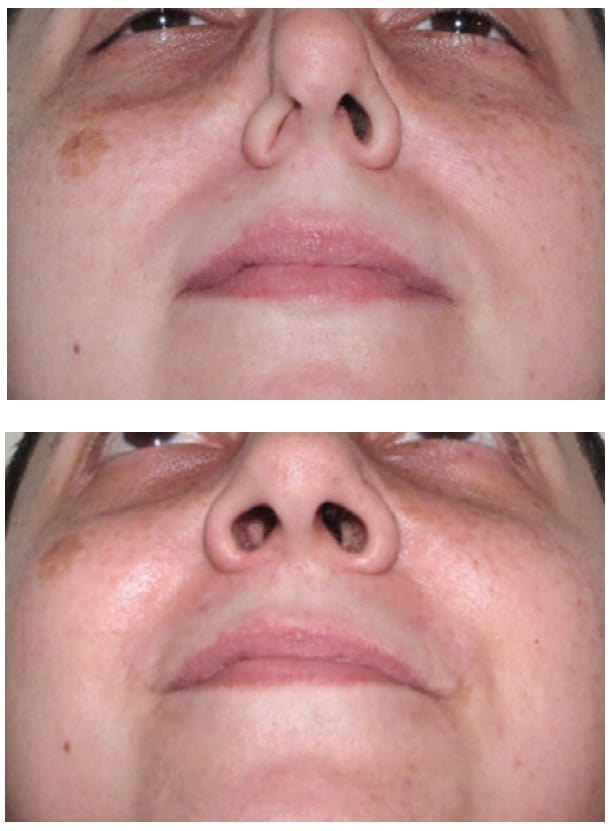
NightLase C3 was put into clinical use in 2018. It has multiple levels of mechanisms of action, very different from other laser applications for snoring with different laser wavelengths that are promoted by other companies. NightLase C3 has an affect on collagen, causing remodeling and tightening. It stimulates fibroblast cells to produce the proteins that are formed into new collagen through cellular signaling. The pulsing technology is called SMOOTHMODE™ – a burst of Erbium:YAG pulses each shorter than the “thermal relaxation time“ the time necessary for 63% of the heat to dissipate. Carefully controlled pulse duration allows for a deep heating without any ablation (removal) or damage to the tissue surface. This is very different from other wavelengths promoted for snoring reduction. Another result is improved fascial mobility created by the Neodymium:YAG laser’s affect on hyaluronic acid liquidity/liquification, tongue fat reduction, and slimming using both wavelengths and SMOOTHMODE pulsing. Results include fat cell apoptosis, more airway space, and hyoid bone repositioning by treating the floor of the mouth. All these effects dilate the airway. Recent research has shown positive laser effects on neurotransmitters, muscle tone, and neuromuscular response in Sleep and airway.

Our development of open-ended treatment planning in 2018 allows customized therapy for the variations that we see in severity of disease, response to therapy, and tissue anatomy/habits of our patients. We are also able to use the two laser wavelengths effectively for tongue- and lip-tie releases, which are common in airway disorders. The clinician can reduce nasal snoring caused by inflammation in the turbinates with the photobiomodulation effect of Neodymium:YAG. This wavelength has exceptional effect and penetration depth in these tissues. External nasal valve collapse, another cause of nasal snoring, is reduced non-surgically by stimulating collagen response in the nares. These multiple areas/tissues affected by the Fotona Twinlight Laser make it hugely different in its effect on Sleep Disordered Breathing versus other surgical and ablative laser-based modalities. Patients report significant improvements in nasal breathing 24 hours a day and improved nasal air flow during cardio-intensive athletics. This has led to the development of the Performlase℠ protocol to take advantage of this phenomenon, currently in development and testing.
In addition, we developed Tonsilase℠, a non-surgical twinlight laser protocol for disinfecting and shrinking inflamed tonsillar tissue and tonsillar crypts. This can be a stand alone or part of a comprehensive treatment plan addressing snoring and Sleep Disordered Breathing in children and adults. This non-surgical modality, we feel, will significantly affect the need for antibiotics and surgical interventions in appropriate cases.

Because of the non-surgical, non-invasive nature of the NightLase C3 protocol, the results are not permanent and periodic maintenance is necessary. Some patients may need palatal expansion and will need to be evaluated as part of the screening protocols. For some patients, there may possibly be a need for myofunctional therapy in conjunction with NightLase C3.
I am most proud of the non-surgical advancements that I have developed in the laser assisted area of treating Sleep Disordered Breathing that do not negatively affect occlusion, create TMD issues, affect growth and development, cause permanent scarring nor loss of functional tissue, and are safe for both children and adults.
All of our patients are worked up and screened/tested as with any traditional Sleep Disordered Breathing patients and retested after the base treatment is completed. Previous to the C3 protocol and open-ended treatment planning, we had a percentage of patients in co-therapy with CPAP, but at lower pressures and MADs with less titration. In the last 5 years with the C3 protocol, we have seen a significantly reduced need for co-therapy and can effectively get a high percentage of our patients into a healthy range of AHI comparable to CPAP or MAD.
One of the biggest challenges is the education of our patients and their acceptance of treatment. The general medical community also needs more education about Sleep Disordered Breathing and its effects on multiple organ systems. They can reinforce need for treatment and present treatment alternatives. Another challenge is finding Sleep Specialists that are not DME (durable medical equipment) providers and educating them so that our patients are presented with choices in their therapy.
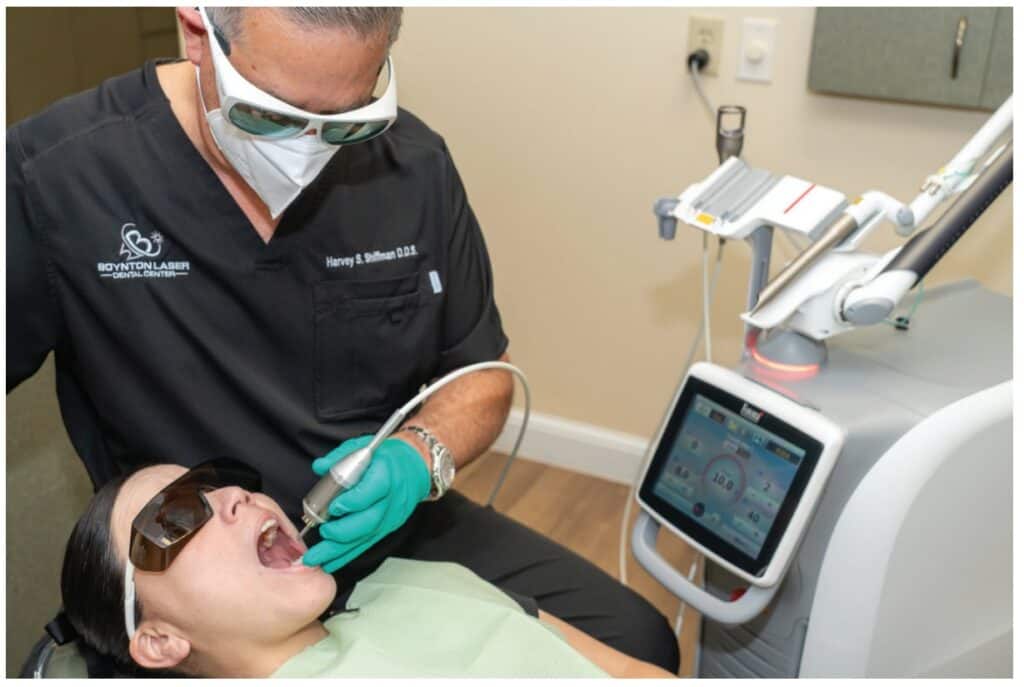
My personal opinion is that dental and aesthetic lasers such as the Fotona Lightwalker are going to be a huge part of the future of dentistry. Their impact will grow exponentially over time, especially as our population ages and the demand for less invasive and alternative treatments increases.
This future I feel will include a true hard and soft tissue laser in every dental office, along with and benefitting from CBCT imaging, digital scanning, and milling. As dentists, we have a choice to practice exactly as we did upon graduation, or embrace amazing technologies with their abilities to improve outcomes with increased comfort for our patients.
As a laser and dental sleep educator and practicing dentist, my top tips to my students are to thoroughly educate your entire staff and involve them and their families in Sleep HealthCare; screen every patient in your practice, both new and old, regardless of age; and fully understand the effects of Sleep Disordered Breathing on all the organ systems of our body!
Education is king and any dentists that are interested in pursuing laser applications in Sleep and Airway, and all aspects of dentistry, should do their due diligence and research companies’ strengths and weaknesses. They can contact me directly or avail themselves of training programs from the Fotona laser company.
 Dr. Harvey Shiffman is in general practice at the Boynton Laser Dental and Wellness Center in Boynton Beach, Florida. He is a graduate of Georgetown University School of Dentistry and completed a general practice residency at Georgetown University Medical Center, with an emphasis on treating medically compromised patients. Dr. Shiffman completed certification with the Academy of Laser Dentistry (ALD) in three types of Laser systems and has been awarded a Fellowship in the ALD. He is personally involved in the use and development of cutting-edge technology and has performed tens of thousands of laser dental procedures over the past 20 years. Dr. Shiffman was the developer of the NighLase C3/Mouthlase/Liplase and Necklase procedures for laser facial rejuvenation and airway, starting in 2012. Most recently, Dr. Shiffman has developed the “Dr. Acula’s Facial, Neck and Hair Regrowth protocols using laser and PRF. Dr. Shiffman received his initial PRF training from Intraspin in 2014, and his injectable training with National Laser Institute. Dr. Shiffman was a contributing author to Dr. Miron’s textbook “PRF in facial Esthetics” in the laser and PRF chapter. Dr. Shiffman’s clinical practice involves the use of lasers and PRF in all aspects of dentisty and facial esthetics. Dr. Shiffman is an instructor for the Academy of Clinical Technology, a Masters status lecturer with the Laser & Health Academy. Dr. Shiffman is an adjunct professor in the Department of Prosthodontics at Nova Southeastern College of Dental Medicine.
Dr. Harvey Shiffman is in general practice at the Boynton Laser Dental and Wellness Center in Boynton Beach, Florida. He is a graduate of Georgetown University School of Dentistry and completed a general practice residency at Georgetown University Medical Center, with an emphasis on treating medically compromised patients. Dr. Shiffman completed certification with the Academy of Laser Dentistry (ALD) in three types of Laser systems and has been awarded a Fellowship in the ALD. He is personally involved in the use and development of cutting-edge technology and has performed tens of thousands of laser dental procedures over the past 20 years. Dr. Shiffman was the developer of the NighLase C3/Mouthlase/Liplase and Necklase procedures for laser facial rejuvenation and airway, starting in 2012. Most recently, Dr. Shiffman has developed the “Dr. Acula’s Facial, Neck and Hair Regrowth protocols using laser and PRF. Dr. Shiffman received his initial PRF training from Intraspin in 2014, and his injectable training with National Laser Institute. Dr. Shiffman was a contributing author to Dr. Miron’s textbook “PRF in facial Esthetics” in the laser and PRF chapter. Dr. Shiffman’s clinical practice involves the use of lasers and PRF in all aspects of dentisty and facial esthetics. Dr. Shiffman is an instructor for the Academy of Clinical Technology, a Masters status lecturer with the Laser & Health Academy. Dr. Shiffman is an adjunct professor in the Department of Prosthodontics at Nova Southeastern College of Dental Medicine.